2023 Toyota BZ4x In-Depth Preview and 2021 Toyota Mirai Review
Hundreds of members of the automotive press, you-tubers, bloggers and other influencers gathered in not-quite-sunny Encinitas, California to watch an unveiling of Toyota‘s much-anticipated bZ4x electric crossover.
There would also be the opportunity to drive the company’s range of “electrified” offerings and hear a long and detailed overview of Toyota’s strategy for becoming a carbon-neutral company. I got to ask some questions, get some answers, poke around in the pre-production bZ4x’s that were on hand and drive a few interesting cars.
See Also: 2023 Toyota bZ4x EV Officially Revealed
We’ve discussed the bZ4x (and its rebadged Subaru sister, the Solterra) in this space before, so I’m sorry to disappoint, that we weren’t allowed to drive one—or even be driven in one. Instead, it was a second first look (is that a thing?), with the bZ4x presented with great fanfare. To the beat of electronic music and colored lights, a black sheet was pulled back from the top-of-the line Limited edition and the two lower-spec models drove up to us to be swarmed by the sea of misfits at the event.
We poked, prodded and played around with the cars, and I discovered it was unmistakably Toyota inside and out. Upholstery is leathery SofTex and there are some nice material choices inside, including a corduroy-like cloth on the dashboard. Overall, the bZ4x looks and feels like an electric RAV4—nothing wrong with that. Marketing team member Mike Tripp told us some additional details—it’ll have phone-as-a-key (digital key) technology as well as over-the-air updates, a single-pedal drive mode and, to give Toyota customers the “quality, durability and reliability” they expect, the battery will offer 90 percent of its original capacity after 10 years or 100,000 miles. Ninety percent is already Toyota’s warranty threshold for battery capacity, compared to Tesla’s 70 percent, and a bold claim that will make Toyota a leader in EVs, at least in that respect (if true).
Taking it to the Streets
The next morning we were treated to a presentation that was a detailed history of Toyota’s low-carbon efforts as well as a roadmap of where the company is headed. There are those who may be critical of Toyota’s green initiatives, its EV program in particular, and Toyota’s corporate voice was unapologetic. Most consumers don’t know much about “electrified” (Toyota considers any vehicle with a traction battery and electric drive motor an electric vehicle and claims it’s the number-one manufacturer of electric powertrains) vehicles—75 percent either think a hybrid needs to be plugged in or don’t know how they work, and just 10 percent understand that plug-in hybrids don’t need to be charged to drive them. But, Tripp told us, interest in electric vehicles increases significantly after consumers are educated.
So much so, I suppose, that Toyota has ramped up its expectations for EV sales by 2030. Where previously it expected to sell five million all-ICE powertrains, five million “electrified” ones and just one million battery-electric vehicles annually by that date, Tripp told us the new numbers will be two million ICE, eight million “electrified” and two million EVs. Even though Toyota is late to the party—it will be 11 model years since the Tesla Model S hit the market when the BZ4X is sold in the US—it wants to be perceived as a leader, investing $13.5 billion this decade in battery production and research.
See Also: 2023 Subaru Solterra: Quietly Off-Roading
If that sounds like a lot, know that Ford is spending $30 billion, and $13 billion is a tiny fraction of the trillion or more dollars Toyota will make in sales. That’s right, Toyota’s sales exceed $220 billion a year, which adds up to trillions every decade. The company makes about 13 percent of all the cars sold. It’s built 18 million hybrids since that first 1996 Prius, and Toyota wants us to know that if they had made EVs instead, that would only have been enough equivalent material for 260,000 of them, so those 18 million hybrids have had the environmental benefit of 5.5 million EVs, more than all the EVs built to date. To de-carbonize the planet, says Toyota, we’re going to need multiple options, and some of those should be affordable to everyone, which is why it will be cranking out gas-burning hybrids for a long time to come.
Hydrogen, Not to be Forgotten
And what about hydrogen? If you pay attention to alternative fuels, you know Toyota really, really likes element numero uno. “We’re committed to a hydrogen society,” Senior Principal Engineer Matt McClory told us. He then rattled off how much Toyota is investing not just in fueling stations but also in developing renewable feedstock and energy sources for producing the fuel. Toyota recognizes it must massively scale up production and distribution networks to make mass adoption of fuel-cell EVs possible, but has rosy visions of cheap, sustainable hydrogen, with a goal (in a partnership with the US Department of Energy) to bring hydrogen fuel prices down to $1 per kilogram from its current $13 price point.
Toyota stocked a big parking lot next to our seaside lodgings with examples of its entire electrified US model lineup, so I spent the day sampling some of them. I found that the elegant Venza is now offered only as a hybrid, and is just as smooth and pleasant to drive as the all-ICEr. I also got to plant my teeny butt in the massive Tundra hybrid and I enjoyed the Sienna (also now hybrid-only) and RAV4 but I was eager to check out the Mirai fuel-cell EV (FCEV).
2021 Toyota Mirai Quick Drive
To show you how hydrogen powered vehicles don’t get much love from the automotive press, I was only vaguely aware that the Mirai, first introduced in 2015, was overhauled for 2021 and now wears a handsome skin and a roomy, cushy platform shared with the Lexus LS (but with a 9-inch shorter wheelbase). Unlike the last car, which I could say very unkind things about (and it would be like shooting a goldfish with a shotgun) it’s very staid, classy and muted. In fact, you’d never know it was a fuel cell car without the “Mirai” logo.
The driving experience is similarly conventional, if you’re used to electric propulsion. It’s a big, heavy car, but with a smaller wheelbase than the Bentley-like LS 500, so it feels reasonably easy to handle, like a Camry filled with sacks of wheat. Acceleration is brisk but not arrhythmia-inducing—there’s 182 hp and 300 lb-ft pushing 4,255 pounds—but even in the “eco” drive mode it’s plenty fast to keep up in traffic, even at higher speeds. It’s a calming, comfortable, mature car, and would likely be a fantastic commuter.
Why? Well, the car is only available in California, where, as a zero-emissions vehicle, it’s eligible for carpool-lane access, which should shrink commute times, and it also comes with six years of free hydrogen, up to $15,000 worth (or three years for a lease). Need to make a roadtrip away from the 47-station strong hydrogen charging network? Toyota will spring for a rental car. Oh, and one small thing—there’s a $20,000 rebate from Toyota on the Mirai ($25,000 for the Limited), which combined with Federal and state incentives brings the net cost from the $49,500 MSRP to $21,250. Factor in the free fuel and it’s $6,250, about half the price of a decent used Prius. If you’re the right use case (and Toyota feels there is no one-size-fits-all EV solution) it’s the cheapest new-car deal in town. Toyota really wants to sell FCEVs in California—and the network will soon expand to other states including Colorado and Texas.
See Also: 2023 Toyota bZ4x EV Officially Revealed
So is the future auto market dominated by Tesla or Toyota? A critic of Toyota’s electrification policy might point out that making token numbers of FCEVs and BHEVs while extolling the virtues of a cumbersome, expensive, not-quite-there technology like hydrogen isn’t a way to lead the industry into the mid 21st Century. Toyota maintains it can do more with conservative, proven solutions that offer consumers what they want to drive. The year 2030 looms close and the proof will be in the pudding.
Discuss this story on our Toyota bZ Forums
Become an AutoGuide insider. Get the latest from the automotive world first by subscribing to our newsletter here.
More by Gabriel Ets-Hokin





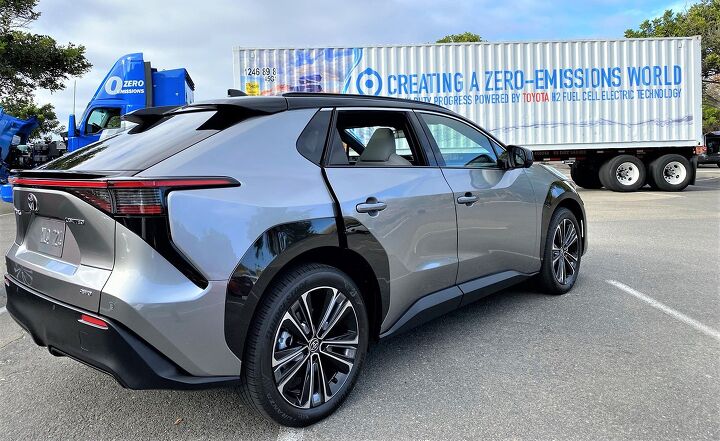

















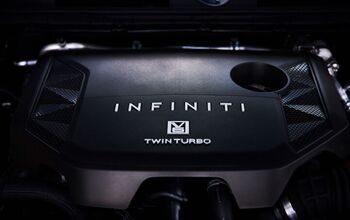


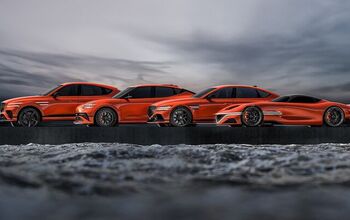
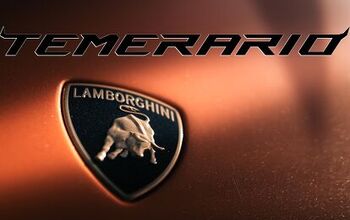

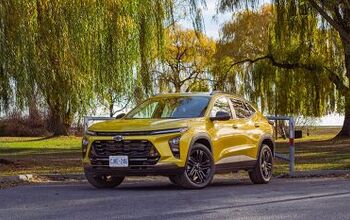
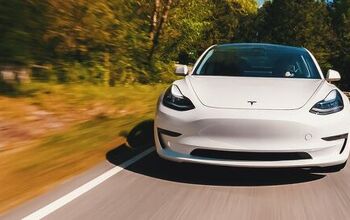


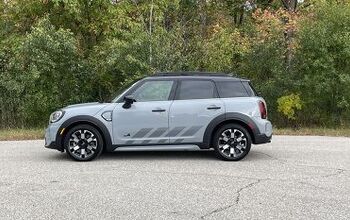
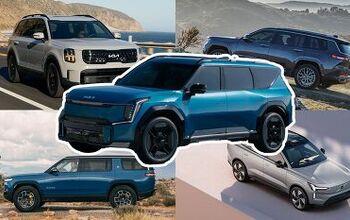

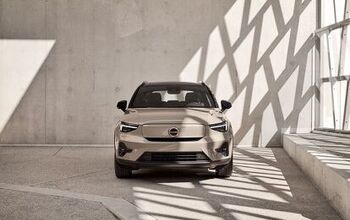
Comments
Join the conversation